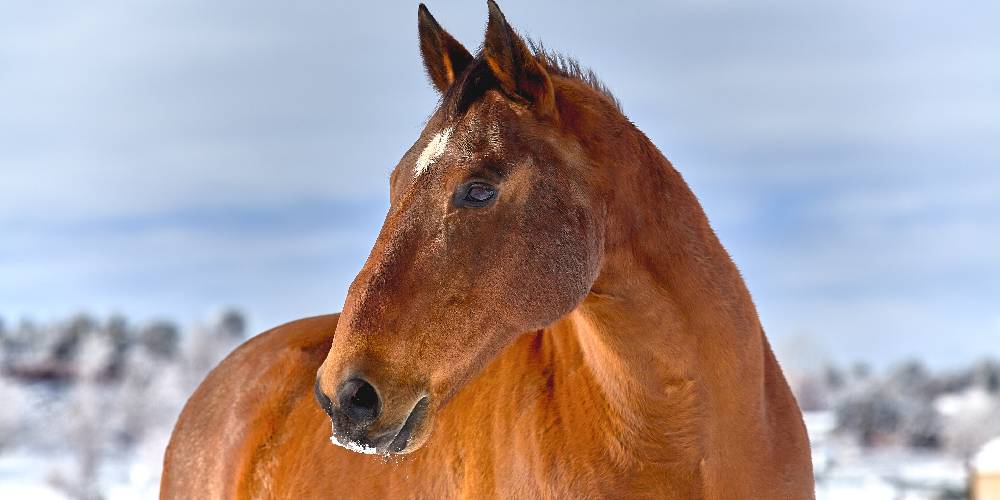Have you ever seen those horses competing at those showjumping horse shows? The ones that can clear fences taller than my head and who gracefully run around with their coats glistening in the sun? Well, some of those horses are a breed of horse known as the Oldenburg. These gorgeous horses are from the country of Germany and are known for their grace, beauty, and jumping ability.
In this guide I will cover:
- What the Oldenburg is
- Basic Information on the breed
- How large these horses are
- What colors they can be
- The history of the breed
- How to identify the Oldenburg
- What these horses are used for and good at
- The average lifespan of an Oldenburg horse
- Fun facts on the breed
What Is An Oldenburg Horse?
An Oldenburg is a beautiful warmblooded breed of horse whose origins are found in the European country of Germany. These amazing horses are mainly used to compete in high level competitions in things such as show jumping, driving, and dressage. This breeds natural stamina, jumping ability, and sheer beauty are what helped it to become such a popular and desired breed all over the world.
Basic Breed Information:
| Height | Between 16.2 and 17.2 hands high |
| Weight | Between 1,500 and 1,700 pounds (680 to 770 Kilograms) |
| Acceptable Colors | Bay, Black, Chestnut, & Gray |
| Country of Origin | Germany |
| Type | Warmblood |
How Big Is The Oldenburg
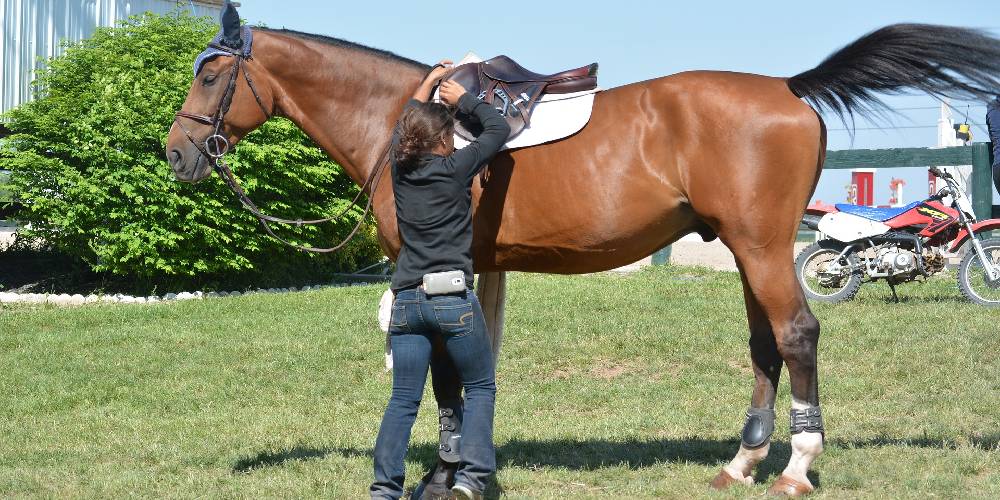
The Oldenburg is not only a really tall horse, but it is also a heavy one. On average, these horses will stand at an incredible 16.2 to 17.2 hands high! This means that its withers alone are between 5 feet 4 inches and 5 feet 7 inches! That means that these horses, for the most part have withers taller than my head!
Because these horses are so tall and heavily muscled, they generally weigh between 1,500 and 1,700 pounds!
These horses not only weigh much more than the average horse, they also tower over them!
What Coat Colors Can This Breed Have
The Oldenburg isn’t ever seen with any unique or rare coat colors like Palomino or Cremello. Instead, they are only allowed to be the 4 standard colors seen in most horse breeds. The acceptable coat colors of this breed are:
- Bay
- Black
- Chestnut
- Gray
The History of the Oldenburg
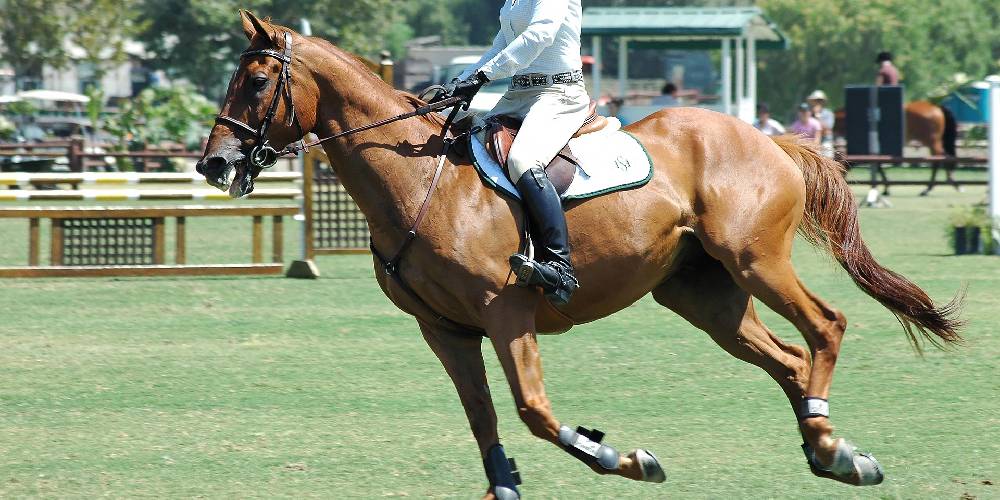
The Oldenburg has a very interesting history that doesn’t compare to that of other horses.
The creation of these horses is mainly credited to Count Anton Gunther. This man founded a number of studs and riding schools in both the Geest and Rastede regions. He ruled between the years 1603 and 1667.
The first combinations seen in this breed were Spanish and Neopolitan horses crossed with the East Friesian breed. One of the most influential Spanish stallions imported for the creation of this breed was named Kranich. He was a gray Spanish stallion used at this time to cross with these Neopolitan and East Friesian horses.
The horses produced from these crosses had kind of a coarse appearance with a pronounced Roman nose and a heavier build than the modern Oldenburg.
It wasn’t until the 1700s, around 100 years later that there was an effort to improve these early Oldenburgs. Barbs, Thoroughbreds, and half-breed horses were mixed into the bloodlines to lighten and better the breed.
These newly improved Oldenburgs gained popularity in the 1800s as military, cavalry, and coach horses. They were responsible for carrying soldiers and delivering mail around this time period.
In 1897, more Thoroughbred blood was brought in. These specific Thoroughbreds crossed into the Oldenburg bloodlines are thought to have traced back to the famous Eclipse.
Around this same time period (late 1800s to early 1900s) Cleveland Bay stallions were added to the mix. This made these horses have a higher stepping gate and made them more attractive as carriage horses.
It wasn’t until the start of World War 2 that there was more of an effort to lighten and improve the breed for riding purposes. With the new creation of cars and other automobiles, these horses began to lose their popularity so the ‘New Oldenburg’ was created in an attempt to bring back these horse’s numbers.
The Thoroughbred stallion Lupus and the Norman stallion Condor played huge roles in the development of these better Oldenburg horses. People were worried that the excitable nature of the Thoroughbred would transfer over to the Oldenburg horse, so to prevent this, Hanoverian blood was added to the mix.
Now, with the breed established, people began to jump these horses and their natural jumping ability became known. These horses also became popular as dressage horses because of their beauty and grace and today they are still being used for these sports.
How To Identify These Horses
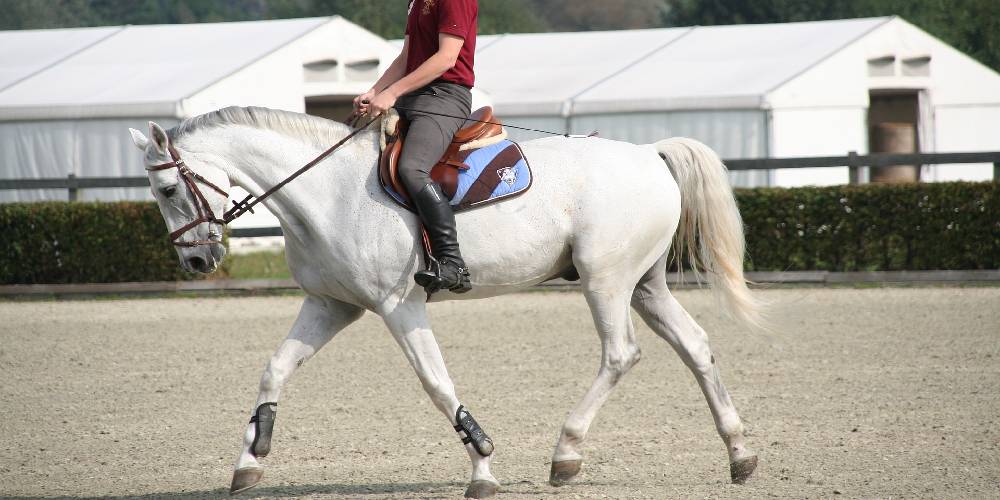
The Oldenburg carries some traits that are unique to its breed. Some of the best traits to look out for to identify one of these horse are its:
Face Shape
The Oldenburg is a breed that is known to sometimes have a more convex profile and Roman nose. Their heads are very strong and large and can be identified by:
- The well made ears
- The Roman nose
- The gentle kind eyes
- Their broad foreheads
- Their large muzzles
Gait
Because of their previous crossing with the Cleveland Bay breed of horse, the Oldenburg now has a higher stepping gait that is attractive for carriage work.
This higher stepping gait is enough to make these horse’s look even more powerful, but not too much to where it isn’t attractive in other competitions such as dressage or jumping.
Neck
Because of the Oldenburgs Spanish ancestors, these horses are often seen with a beautiful, strong, and slightly arched neck that is set upright on their shoulders.
Back
One of the only things that turns me off from this breed is its back. Though this isn’t the case with many of the Oldenburgs, some of them have a back that is too long. A long back is a sign of weakness and more issues come with this conformational fault.
What Are These Horses Used For & Good At?
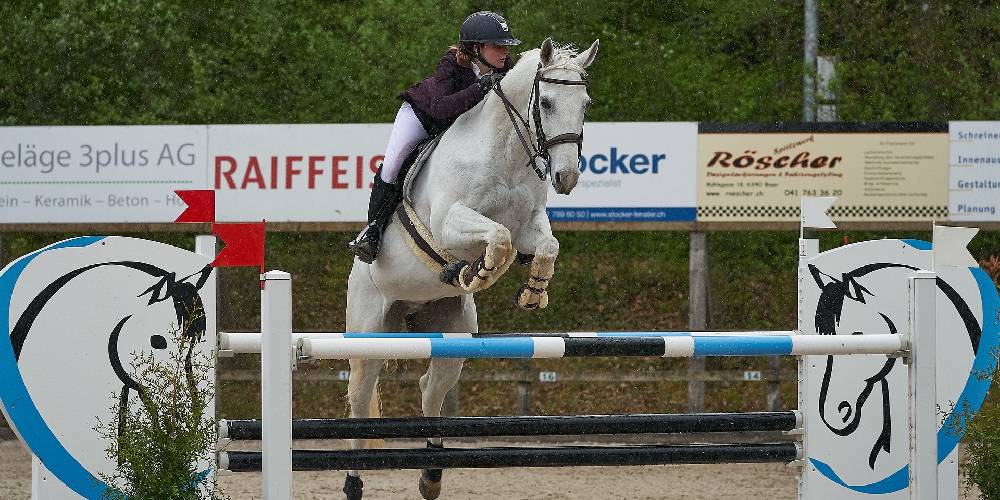
There are three things that the Oldenburg is known to be good at. These things include:
Showjumping
Jumping is what made the Oldenburg famous. With many of these horses competing at really high levels, many people soon began to desire this breed.
There are several of these horses who have made it to the Olympics and Grand Prix levels of competition and jumping.
The natural jump that these horses have is one of the things that makes them so popular
Driving
Thanks to the Cleveland Bay ancestors found in the Oldenburg bloodlines, this breed has also found success as a carriage and driving horse.
The high-stepping gait these horses inherited from their ancestors are one of the many things that make them so desirable for driving.
Dressage
Dressage is one of the Oldenburg’s specialties. With their naturally good temperament and show-stopping looks, these horses can be extremely responsive to their riders and put on a great show in the dressage arena.
The Average Lifespan Of An Oldenburg Horse
Oldenburg horses, on average live for 25 to 28 years making them live a little shorter than most other horses. This is because they are so large and they often have hard jobs which can cause them to deteriorate much faster than other breeds do.
Fun Facts On This Exquisite German Horse
- They suffered heavy losses in World War 1 because of their popularity in the Cavalry
- They used to be used on farms as plow horses
- The Oldenburg was once a light draft horse

